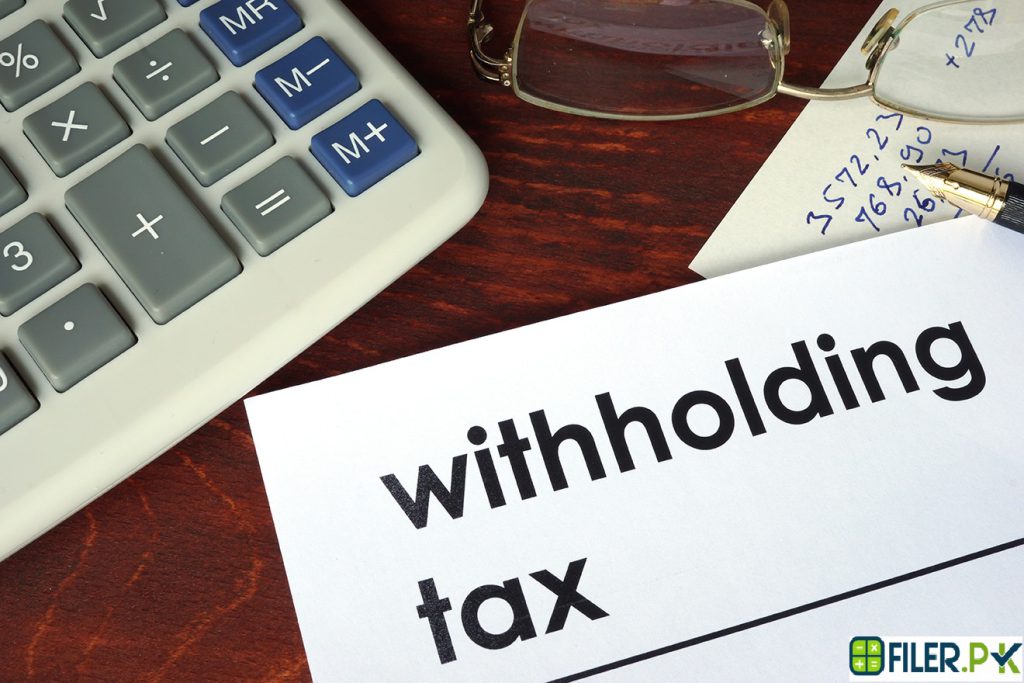Withholding Tax on Vehicle Registration and Transfer

Federal Board of Revenue (FBR) has recently updated the Withholding tax rates on any vehicle registration and for transfer of vehicles for the year 2020-21 from 30th of june, 2020. Withholding tax under Section 231B: The withholding tax rate under section 231B for private vehicles is that withholding tax shall be collected by vehicle registration […]
Property tax in Pakistan 2019-20

Property tax in Pakistan is a tax that is owned by an individual or another legal entity, such as a corporation. Property taxes are paid by the property owner calculated by the government on property value and location basis. Before going into the changes in property tax for the year 2019-20, the government has done, […]
What is Withholding Tax (WHT)?

Withholding tax is a requirement of government for the buyer of any service or item of income to withhold or the deduction of tax from the payment which is paid to the government. Why Withholding Tax? Withholding Tax Trend: Withholding tax (WHT) regime is a worldwide trend and the largest source of national revenue in […]